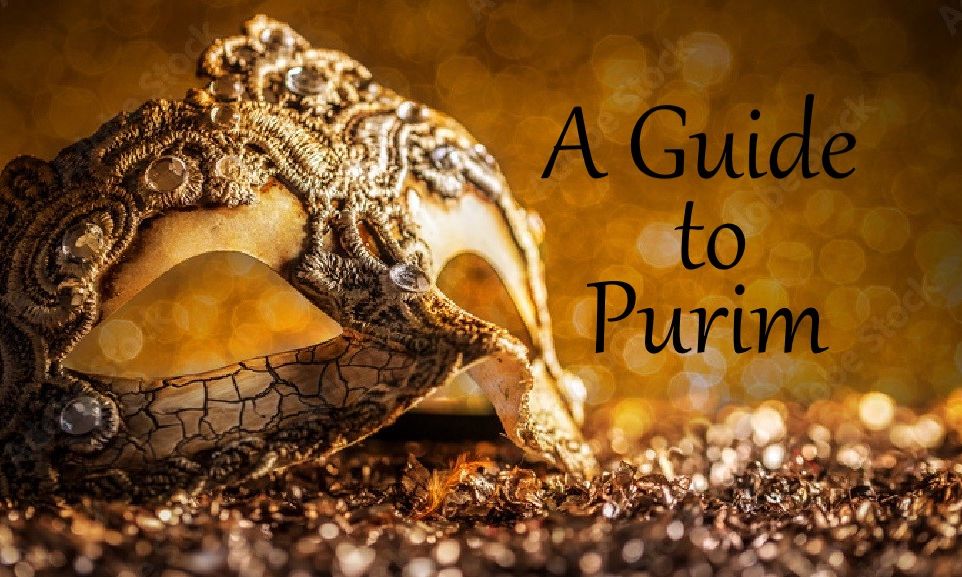
A Guide to Purim
Here is a practical day-to-day guide for celebrating the three days of Purim (Fast of Esther, Purim, and Shushan Purim).

The Difference between Purim and Chanukah
The reason that the Sages instituted drinking and feasting on Purim and not on Chanukah is as follows: In the days of Mordechai and Esther, the Jews sinned through eating, by partaking of the feast of Achashverosh. This was a physical sin, and therefore they were endangered, measure for measure, with physical annihilation. In contrast, in the days of the Hasmoneans, the Jews sinned through assimilating into Greek culture and thereby ignoring the study of the Torah. They were endangered not physically, but spiritually, in that the Greeks wanted to outlaw the practice of Judaism. Therefore, the commemoration of the miracle of Chanukah is chiefly through verbal observance — praise and thanksgiving — which emphasizes the spiritual. Purim is chiefly observed through drinking and eating, which emphasize the physical. (B’nei Yissachar, by Rabbi Tzvi Elimelech from Dinov)
Before the Fast of Esther
Typically, the Fast of Esther is on 13 Adar. This year, 2024, the Fast falls on Shabbat. As a result, the Fast of Esther is moved earlier to Thursday, 11 Adar, 21-Mar-2024.
The commandment of the Machatzit HaShekel appears in the Torah (Shemot 30: 11-15) and was kept during the Holy Temple period. In our times, it has become a custom and a mitzvah with a wonderful reward for everyone who keeps it. To read about this important mitzvah and to donate, click here.
Don’t forget to get started on the hamantashen and the Purim seudah (festive meal)!
Fast of Esther
The fast starts before dawn on Thursday, 21-Mar-2024, and ends after dark. The fast includes no eating or drinking. There are special services at synagogue both morning and afternoon. The money saved by not eating should go to charity; the time saved should go to Torah-study and mitzvah-performance.
This is also the time to perform the mitzva of commemorating the Machatzit HaShekel, where every family participated in purchasing the sacrificial animals for the Holy Temple for the coming year. We do this by giving charity.
Purim and Shushan Purim
Purim day is 14 Adar (motzei Shabbat 23-Mar-2024 through sundown on 24-Mar-2024).
For walled cities such as Jerusalem, Purim day is 15 Adar (sundown on Sunday 24-Mar-2024 through sundown on 25-Mar-2024) and is called Shushan Purim. Inhabitants of cities that were important enough to be surrounded by walls at the time of the Jews’ entrance into the Holy Land at the time of Joshua celebrate Purim one day later than everyone else (see Esther 9:17-19). The prime example is that of Jerusalem. The status of Tzafat and several other cities in Israel is unclear, so the day is celebrated somewhat in addition to regular Purim, “just in case.” (When the date of Shushan Purim falls on Shabbat, in Jerusalem they read Megillat Esther on Friday, say the Purim prayers on Shabbat, and have the festive Purim Meal on Sunday. Three days of Purim!)
Purim Day Mitzvot
These mitzvot characterize the day:
- Megilla reading: Hear a public reading of the Scroll of Esther in the evening and again during the day.
- Matanot L’evyonim: Give money to at least two needy individuals. If you don’t encounter anyone that qualifies, you can donate here, and Rav Shalom Arush will perform the mitzvah on your behalf on Purim day.
- Mishloach Manot: Send (via a third party) a gift of two or more kinds of ready-to-eat foods and/or drink to at least one friend (not a relative).
- Se’udat Purim: Celebrate at a festive day-time meal with bread, good food, and plenty of wine. The Talmud and Codes of Law instruct us to drink until we can no longer differentiate between “Blessed is Mordechai” and “Cursed is Haman”! (A few authorities opine that the minimum obligation is to drink only “a bit more than what one is used to”. Looking ahead to Passover night, perhaps the quantity implied is 4 cups plus!). Be sure to read Rabbi Arush’s Prayer Before Drinking Wine!
- Add “Al HaNissim” to the daily Amidah/Shemonah Esrei and to the Blessings-After-Meals. (See daily prayer book in the Thanksgiving/Modim section of the Amidah/Shemonah Esrei.)
Breslev Israel wishes you and yours a very happy Purim!


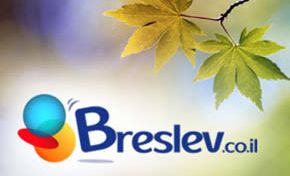
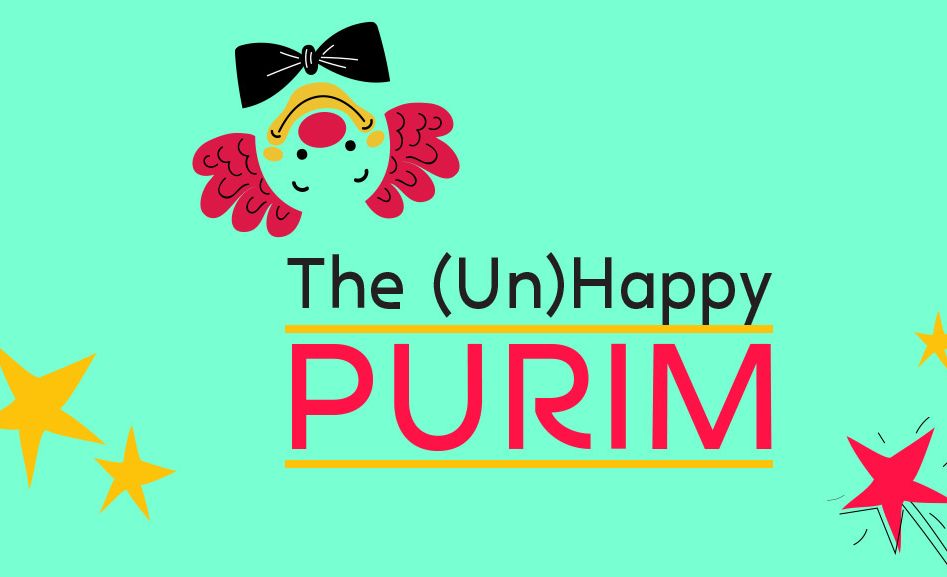
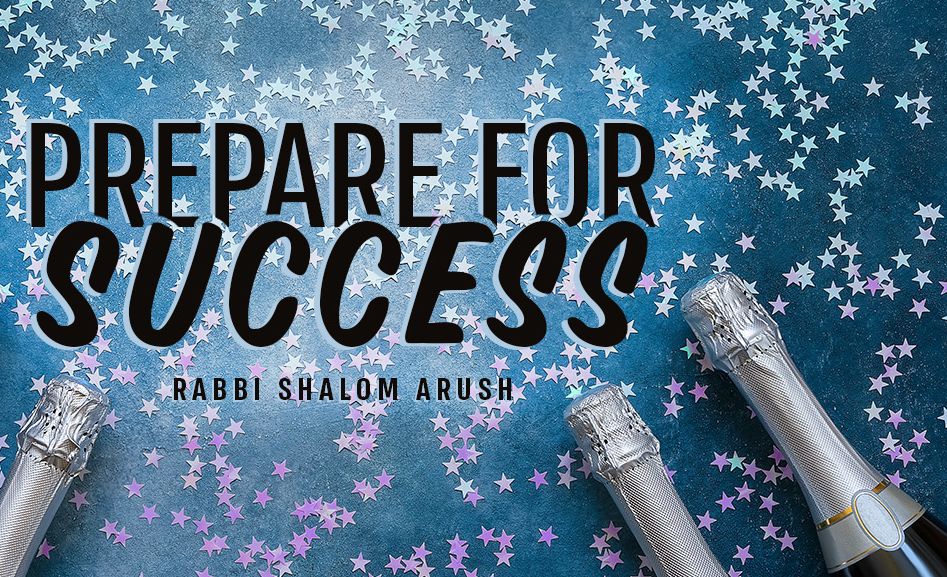


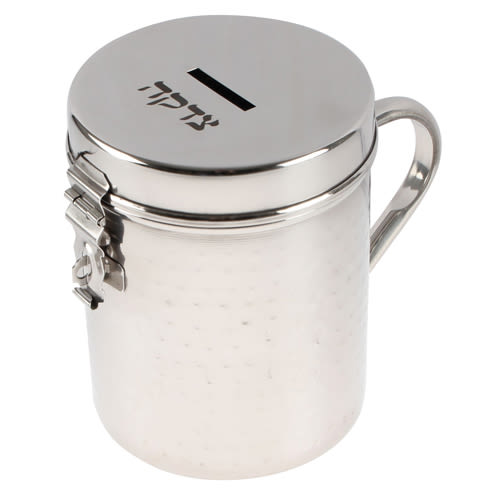

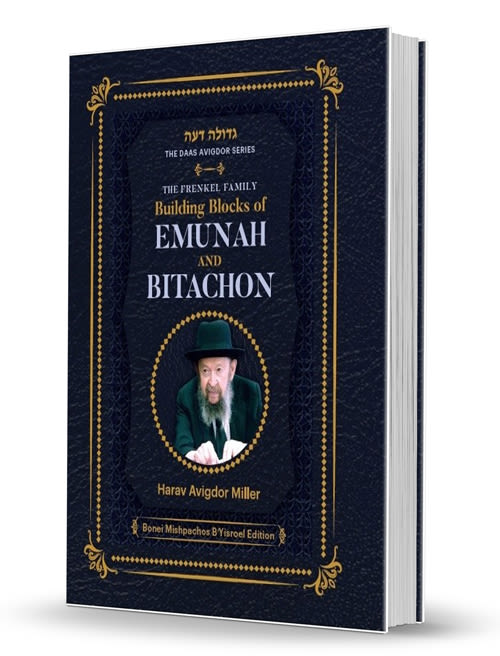
3/01/2018
4 cups plus
Just my two cents — passover is one night of the year and is not necessarily a way to decide what a person is used to, but rather of how far they extend themselves for the mitzvah. I've seen plenty of people who are ready to fall asleep right after hallel nirtzah. Maybe the *same* amount of wine as passover would make more sense. (for us lightweights anyhow)
3/01/2018
Just my two cents — passover is one night of the year and is not necessarily a way to decide what a person is used to, but rather of how far they extend themselves for the mitzvah. I've seen plenty of people who are ready to fall asleep right after hallel nirtzah. Maybe the *same* amount of wine as passover would make more sense. (for us lightweights anyhow)
3/01/2015
Rabbi Arush’s instructions for drinking wine in a holy manner on Purim
Can you please add Rabbi Arush's instructions for drinking wine in a holy manner on Purim? Also we must be sensitive to fellow Jews who struggle with alcohol addiction, so how do we know if someone has an alcohol addiction without embarrassing them but allowing them to be part of the group? Can we all drink grape juice instead?